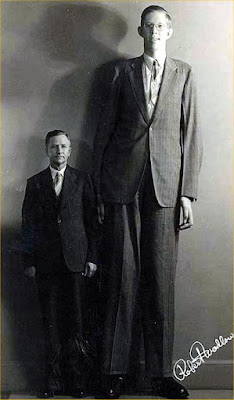 |
| Swimming as one |
Indeed, it seemed to me that almost all Christian scholars and leaders were blind to the deepest and simplest truths while picking over many tiny yet barely relevant details. As an example, there were entire books on the finer points of Hebrew and Koine Greek grammar, yet there were many denominations that at best ignored one another or at worst argued bitterly or had even fought wars over doctrine - yet Jesus clearly calls us to be one 'as I and the Father are one'. Not only that, he points out that the Pharisees swallow camels while taking issue with gnats, or attempt to remove specks from other's eyes while having planks in their own.
I was deeply troubled, especially by divisions in the church. I could do nothing to bring together Catholic and Brethren, or Baptist and Anglican. Neither could any conceivable ecumenical movement. In the end I realised that mending what was so broken could only come through direct intervention by the Almighty himself. It would have to be Father's move, not merely a human movement. And I would have to be patient.
When I discovered the Charismatic Movement my hopes rose as I met with believers from widely differing backgrounds. We found unity and wholeness in simple praise and community around Jesus; he confirmed it all by the abundant pouring out of his Holy Spirit. Mind you, it all fell apart soon enough, though I've never forgotten the flavour and the sheer excitement of those times!
Thinking back there are two aspects of this that have remained very strong in my heart and in my aspirations. There is a powerful sense that there was no leader at work other than Jesus himself through his Holy Spirit. All of us were followers together. And the other aspect was the opposite, that every one of us had the responsibility of leading and guiding the others. There was no tension between these 'opposites' of following and leading. We all entered into the practicalities of this, we were always eager to see and hear what the others would bring, and we had a sense of responsibility to share whatever was revealed to us because we knew the others needed it. Sometimes we got it wrong, but we forgave one another quickly and knew that Jesus, too, forgave us. And he always put us back on track. The sense of one people and one Lord was palpable; we all knew it in our hearts.
How did this work in practice? What were the unspoken rules of engagement? There were just the two already mentioned, lead and follow, follow and lead. We trusted one another, we encouraged one another, we were not afraid to correct one another when necessary, we sensed the responsibility of leading when we were called to do that, and we also understood the value of following. This was never a matter of authority and obedience. There were no individuals 'in authority' over others. But we recognised wisdom, grace, gifting and truth in one another and we knew in our hearts that we were truly one body and there was only one head. We loved one another. Think of a shoal of fish. How do they stay together? Which is the lead fish?
Today, I sense a return of this kind of oneness. It's happening in many places and in many ways. It's another move at grass roots level. But this time there is a deeper understanding developing too. Where will Jesus take us next? What are the mechanisms at work here? I plan to return to this topic in another post. Meanwhile, read Peter Farmer's post New forms of organisation, if you haven't already done so.






